
From popular leader to dictator, the rise and fall of former Somalia president, Siad Barre
Sunday October 7, 2018
He banned questions relating to the clan and arrested anyone and everyone found violating this rule.
In 1974, he was the chairperson of the Organisation of African Unity (now African Union) and hosted the summit that was attended by African leaders including Julius Nyerere and Samora Machel.
One of Barre’s visions was the establishment of a Greater Somalia, which would include Somalia, Ogaden region in Ethiopia, former Kenya’s North Eastern Province and Djibouti.
This resulted in the 1977 Ogaden war between Somalia and Ethiopia. The army would be bundled out of Ogaden in 1978.
In the same year, a coup attempt was thwarted and a Barre turned to his family for help- most of his family members were military people rather than politicians and bureaucrats. This move marked the start of Barre’s decline.
The more his popularity waned, the more his inner circle called for repressions. Barre picked a fight with the Majeerteen clan, which he had accused of being behind the attempted coup.
He not only purged people from the clan from his cabinet and military, but he also killed at least 2000 people from the clan.
He used the same tactics in 1988 against the Isaak clan, marking some of the worst atrocities he had ever committed.
This was two years after he had been involved in a terrible car crash that saw him airlifted by the plane of the Saudi king.
It is said that Barre’s relatives plundered the country through poaching and ivory trade that also affected Kenya and Ethiopia.
Although Barre had no interest in amassing personal wealth, he did not stop his people and could even be vindictive towards others who went against his family.
At this time, dissent was rising in all parts of Somalia. At the end of 1990, angry rebels infiltrated Mogadishu to confront the president. Barre fled the capital in January 1991, heading to Gedo region.
He tried to recapture the capital city twice but was overwhelmed by General Mohamed Farrah Aidid.
Barre temporarily moved to Nairobi but protests by opposition groups forced him out. He then headed to Lagos where he stayed until his death in 1995.
In the last days of his presidency, Barre was said to have lost the Somali countryside to the clan chiefs, resulting in economic and social turmoil.
He had also been accused of political imprisonment, torture, political killings and discrimination.
It has been recently reported that Barre was instrumental in helping Ugandan dictator Idi Amin to thwart off an invasion by Tanzania in 1972. He not only sent a peace keeping force (Libya’s Col Muammar Gaddafi sent a fighting force) but also facilitated the Mogadishu Accord between Tanzania and Uganda.
After Barre’s death, Somalia was plunged into civil war and is still recovering from the consequence of the war years later.



 1
1 
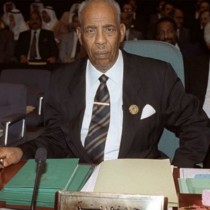
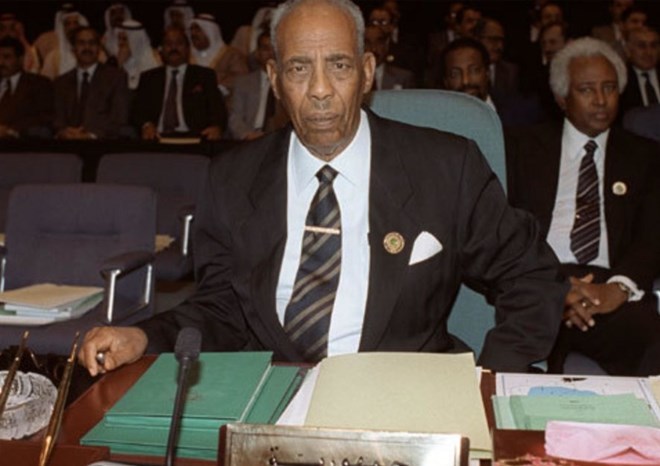
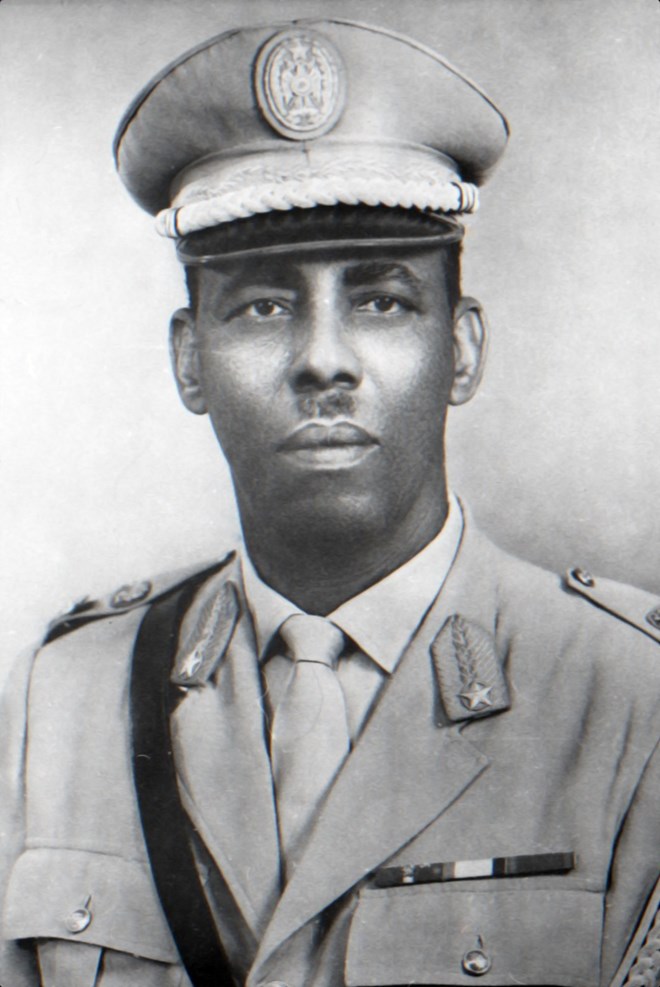
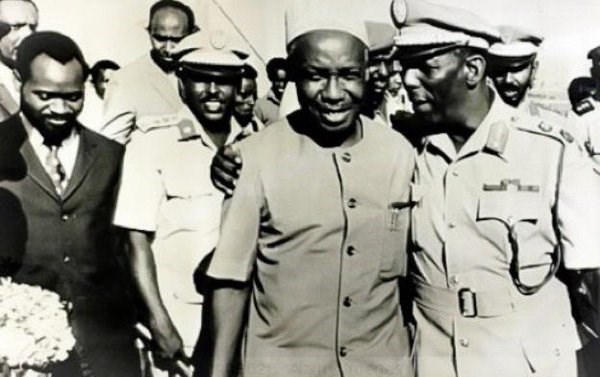
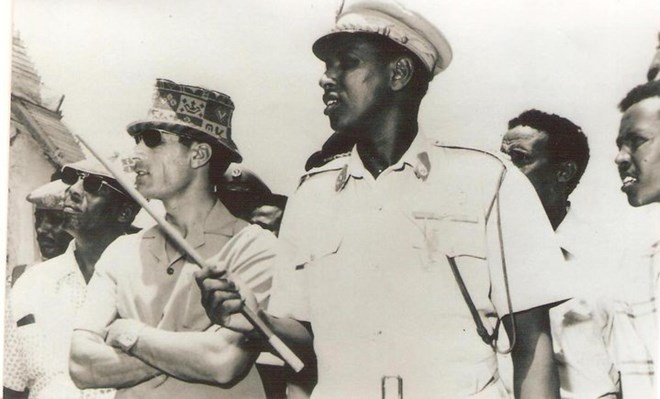
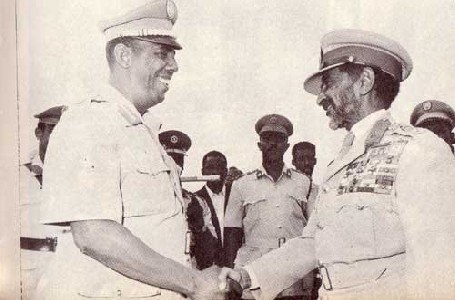
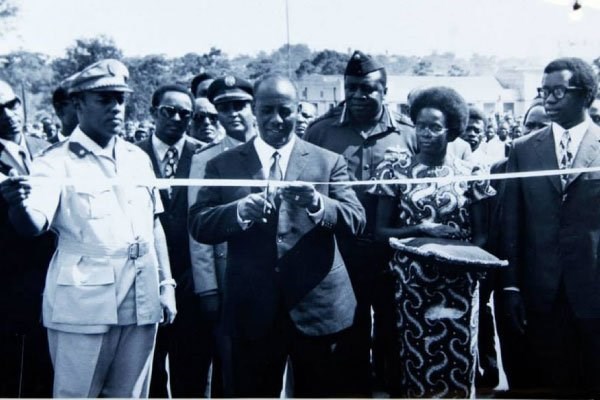






From popular leader to dictator, the rise and fall of former Somalia president, Siad Barre
The coup was led by Siad Barre, the leader of the Supreme Revolutionary Council and Somalia's president from 1969-1991. Barre was born on this day around the 1910s (his exact birth year is still unknown although many believe he was born in 19